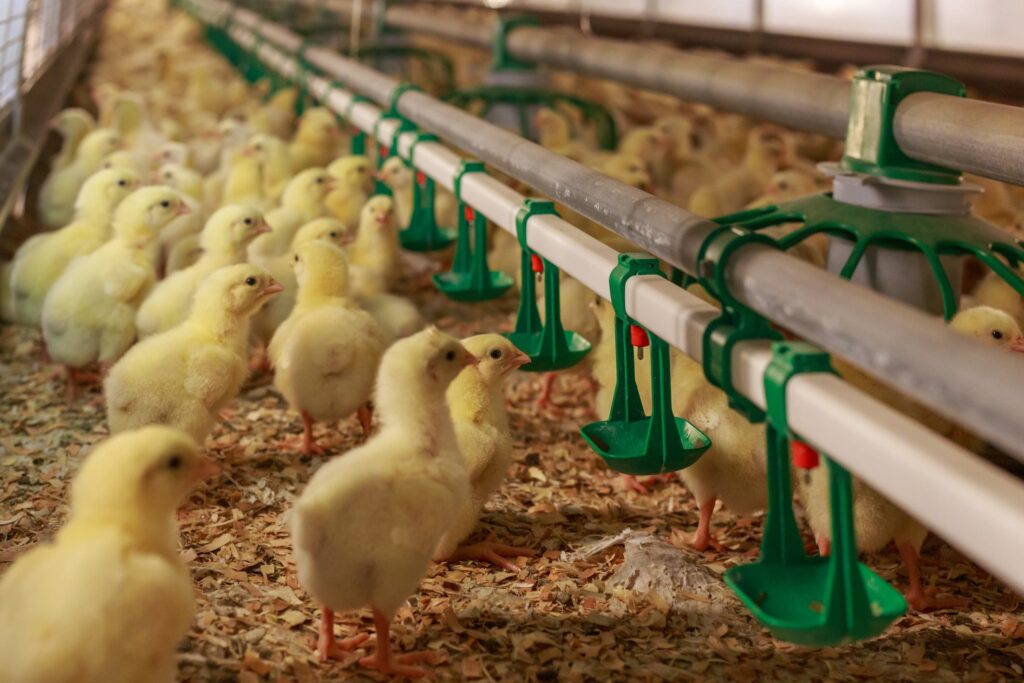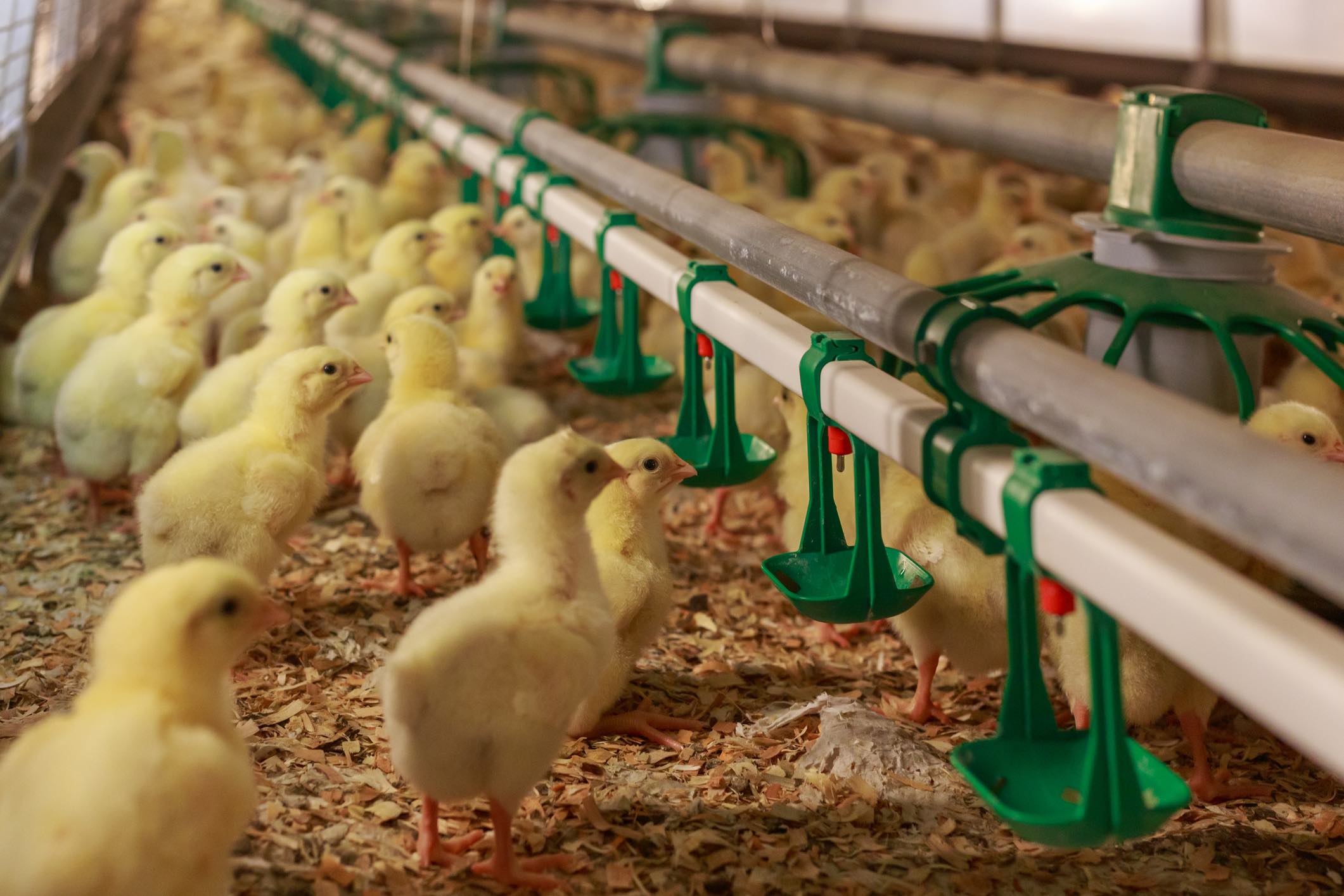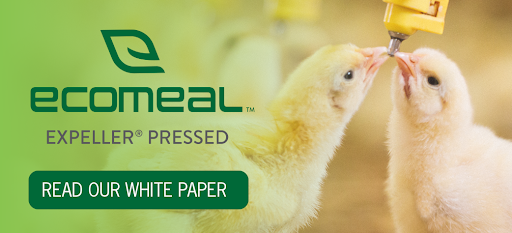
As the demand for organic food increases, farmers are reevaluating how they produce (and feed) livestock to meet these demands. Although solvent extraction is commonly used for high-volume oil production, the meal left over from this process can’t be used as organic animal feed because of the hazardous chemicals involved. Soybean meal generated from chemical-free expeller extraction is essential to natural, organic poultry and livestock production—but processing soybean for poultry feed comes with other challenges.
Soybeans contain anti-nutritional factors like trypsin inhibitors (TI) that must be deactivated during processing to make products safe for animal or human consumption. TI activity varies depending on the type of soybean being processed and the extraction methods, machinery, and conditions used. These factors ultimately determine how safe and nutritious the resulting feed is.
So, how do different expeller presses stack up when processing soybean for poultry feed? Researchers at the University of Georgia recently tested this question through a randomized poultry feed trial that compared soybean meal pressed using the Anderson Dox™ Extruder and Expeller Press with soybean meal pressed in an alternative extruder and expeller on the market. They studied the nutritional performance of these three different meals, combined with corn, to feed 480 broiler chickens for 44 days.
Here’s what the trial revealed about using different extraction equipment to process soybean for poultry feed.
Nutritional value
Certain essential amino acids are critical to poultry feed formulations because chickens require them to produce vital proteins. These essential amino acids include arginine, lysine, methionine, and tryptophan.
The research showed no remarkable differences in the digestible amino acid profiles between the two types of expeller-pressed meals. These levels in the expeller-pressed meals were slightly lower than the digestible amino acid content of the solvent-extracted meal. This correlates with higher TI content in the expeller-pressed meal, which inhibits the chicken’s ability to digest and absorb proteins.
Ultimately, the proteins and amino acid levels were statistically equivalent across all the soybean meals in the study. Anderson’s Expeller-pressed meal offered the highest metabolizable energy and crude protein levels overall. But how did that translate to the growth performance of the chickens?
Also read: Why Soybean Meal Dominates the Animal Feed Market
Growth performance
Every week throughout the study, researchers measured the average body weight of broilers on each type of diet. They also examined droppings for undigested feed and intestinal tissue to analyze the feed performance.
Based on body weight gain, feed intake, feed conversion ratios, and mortality, the study showed similar performance across all broilers, regardless of which type of meal they consumed. By day 44, the last day of the study, the broilers in each group weighed in near the objective weight, with even better feed conversion ratios than the industry standard objective.
Comparing soybean for poultry feed
As 480 chickens agreed by the end of this feed trial, the nutritional value and growth performance of EcoMeal soybean meal pressed in the Anderson Expeller are essentially equivalent to other soybean meals on the market. In the field, EcoMeal performs on pace with other poultry feed products.
The real Anderson advantage begins before the meal hits the farm, back in the processing plant. One Anderson Extruder and Expeller can process up to 150 metric tons of soybeans daily, using less horsepower and less space in the mill than other extruder and expeller combinations. As a result, processors can crush more soybeans more efficiently at a lower cost per ton. And, since Anderson’s durable equipment is designed to last, the Expeller outruns the competition with less maintenance and downtime than a traditional plant.
From the processing facility all the way to the farm, Anderson’s Dox™ Extruder and Expeller Press produce safe, sustainable soybean for poultry feed. To learn more about the advantages of EcoMeal, download Anderson’s latest whitepaper.

